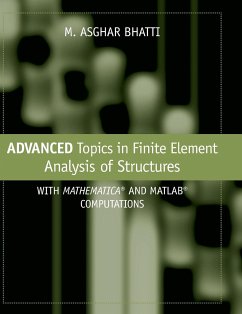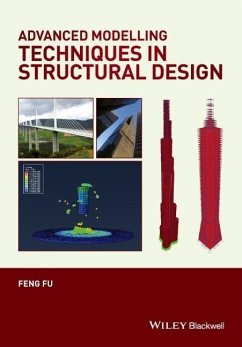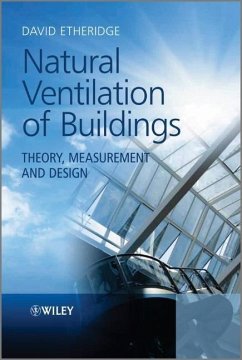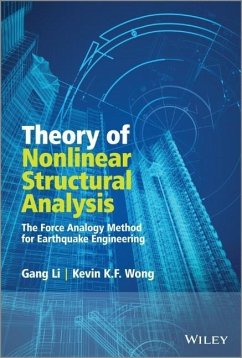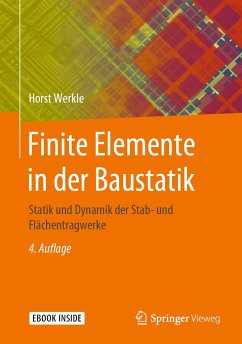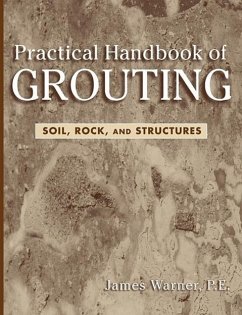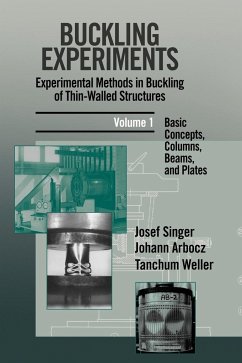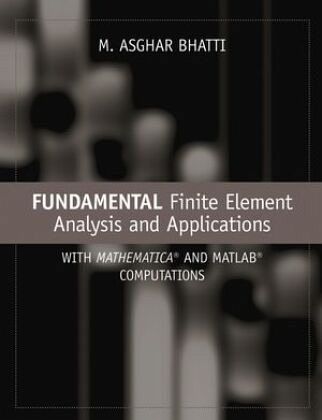
Fundamental Finite Element Analysis and Applications
With Mathematica and MATLAB Computations
Versandkostenfrei!
Versandfertig in über 4 Wochen
164,99 €
inkl. MwSt.

PAYBACK Punkte
82 °P sammeln!
_Finite Element Analysis with Mathematica and Matlab Computations and Practical Applications is an innovative, hands-on and practical introduction to the Finite Element Method that provides a powerful tool for learning this essential analytic method._Support website (www.wiley.com/go/bhatti) includes complete sets of Mathematica and Matlab implementations for all examples presented in the text. Also included on the site are problems designed for self-directed labs using commercial FEA software packages ANSYS and ABAQUS._Offers a practical and hands-on approach while providing a solid theoretic...
_Finite Element Analysis with Mathematica and Matlab Computations and Practical Applications is an innovative, hands-on and practical introduction to the Finite Element Method that provides a powerful tool for learning this essential analytic method.
_Support website (www.wiley.com/go/bhatti) includes complete sets of Mathematica and Matlab implementations for all examples presented in the text. Also included on the site are problems designed for self-directed labs using commercial FEA software packages ANSYS and ABAQUS.
_Offers a practical and hands-on approach while providing a solid theoretical foundation.
_Support website (www.wiley.com/go/bhatti) includes complete sets of Mathematica and Matlab implementations for all examples presented in the text. Also included on the site are problems designed for self-directed labs using commercial FEA software packages ANSYS and ABAQUS.
_Offers a practical and hands-on approach while providing a solid theoretical foundation.



